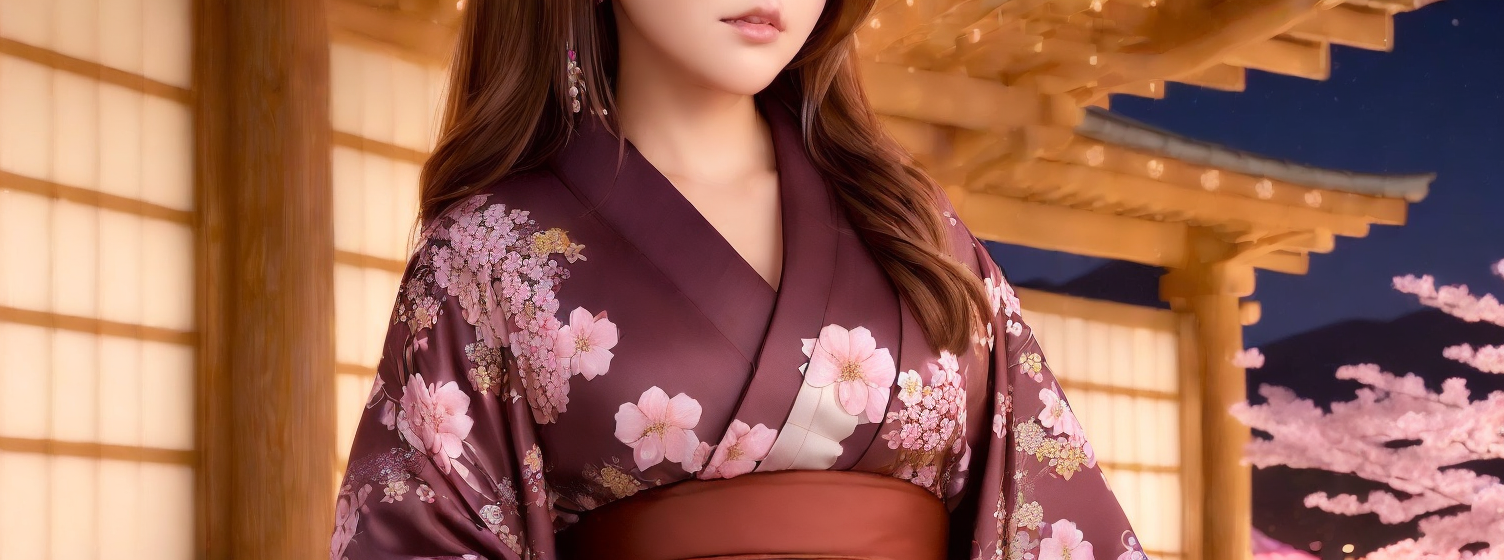Introduction:
Japan, an amalgamation of ancient traditions and neon-bright modernity, offers a spectrum of entertainment forms. Among these, the realms of cabarets and striptease hold a special allure, offering a blend of cultural insights, artistry, and unadulterated fun. While they might seem similar on the surface, the two have distinct histories, philosophies, and appeal. Let’s embark on a journey to discover the differences and intricacies of these captivating realms.
A Brief Historical Overview:
The origins of cabarets and striptease in Japan trace back to different periods and cultural influences. Cabarets made their way into Japanese urban culture during the Taisho period (1912-1926), influenced heavily by Western entertainment. They quickly became the go-to places for urbanites seeking an escape from daily life. On the other hand, striptease, while existing in various forms globally, got a unique twist in Japan, merging sensuality with storytelling and traditional dance forms.
The World of Cabarets:
Definition and Essence: A cabaret in Japan is more than just a venue with live performances. It’s an atmosphere, a world unto itself, where patrons are drawn into tales told through song, dance, and dialogue. Their essence lies in interactive experiences, storytelling, and creating a mood unlike any other.
Types of Performances:
Cabarets might offer jazz renditions one evening and traditional Noh-inspired performances the next. The genres and styles are vast, ranging from contemporary to traditional, offering something for everyone.
Audience Engagement:
Unlike more passive entertainment forms, cabarets often involve audience participation, from sing-alongs to dance sessions. The boundary between performers and patrons is blurred, fostering a unique camaraderie.
Key Areas and Famous Establishments:
Tokyo’s Ginza district is synonymous with upscale cabaret experiences. Osaka, with its boisterous spirit, offers a different, more relaxed vibe. Each venue, be it the grand “Tokyo Cabaret” or the cozier “Osaka Nightingale,” offers a unique flavor and experience.
Striptease and Its Artistic Nuances:
Striptease vs. Strip Clubs: Striptease is an art form focusing on the aesthetics of dance and storytelling, often using the human body as a canvas. In contrast, strip clubs are commercial venues where the focus might lean more towards adult entertainment without the narrative.
Historical and Cultural Roots:
The art of seductive storytelling through dance has ancient roots, evident in some traditional Japanese dance forms. The modern striptease amalgamates these roots with contemporary artistry.
Modern Interpretations and Variations:
Today’s striptease in Japan might incorporate elements like pole dancing, ballet, and even traditional music, creating performances that are visually and aesthetically stunning.
Popular Venues:
Tokyo’s Roppongi and Shibuya districts are hotspots for premier striptease shows. Establishments like “Eden of Tokyo” or “Kyoto’s Geisha Dance” offer experiences ranging from avant-garde to traditional.
The Philosophical Divide:
While both forms of entertainment use dance and music as mediums, their philosophical underpinnings differ. Cabarets aim to immerse the audience in a narrative, a world where stories unfold through performances. Striptease, on the other hand, emphasizes the beauty and expressiveness of the human form, often leaving narratives open-ended, allowing patrons to weave their own stories.
Audience Demographics:
From businesspersons wanting a break from their hectic schedules to tourists seeking unique Japanese experiences, cabarets and striptease venues cater to a diverse crowd. However, understanding audience etiquettes and norms is crucial. For instance, while clapping along might be encouraged at a cabaret, maintaining respectful silence could be the norm at a striptease performance.
The Performers: Stories from Behind the Curtain:
Mai, a seasoned cabaret dancer, describes the cabaret world as “a place where dreams meet reality.” For Yuki, a striptease artist, it’s about “liberation and expressing stories through the body.” These narratives provide a glimpse into the dedication, training, and passion these performers invest in their craft.
Navigating the Landscape: Tips for Foreign Visitors:
First-timers might find the etiquette perplexing. Reservations, for instance, are often essential. Dressing appropriately is crucial, and understanding payment methods, from cover charges to tipping, can ensure a hassle-free experience. Remember, respect for performers is paramount.
A Comparative Look: Cabarets and Striptease in the Global Context:
While Parisian cabarets are famed for their opulence and Broadway for its grandeur, Japanese cabarets offer a unique blend of the traditional and modern. Similarly, while striptease is a global art form, Japan’s rendition stands out for its seamless incorporation of traditional aesthetics.
Wrapping Up: An Ode to the Entertainers:
The world of cabarets and striptease in Japan is not just about entertainment; it’s about artistry, tradition, and a deep-rooted love for storytelling. As the curtain falls, one can’t help but appreciate the performers’ dedication and the rich tapestry of culture they represent.



